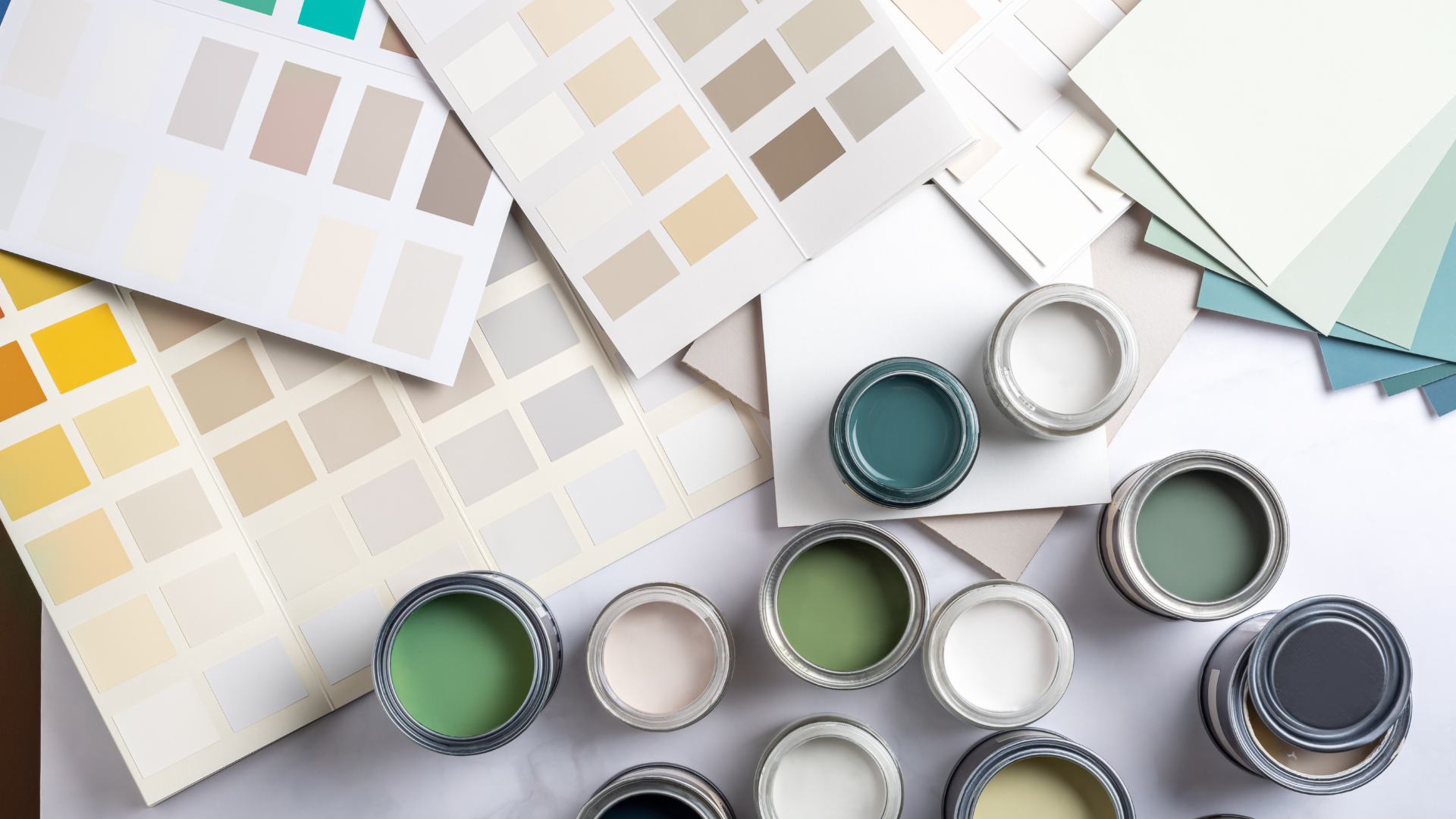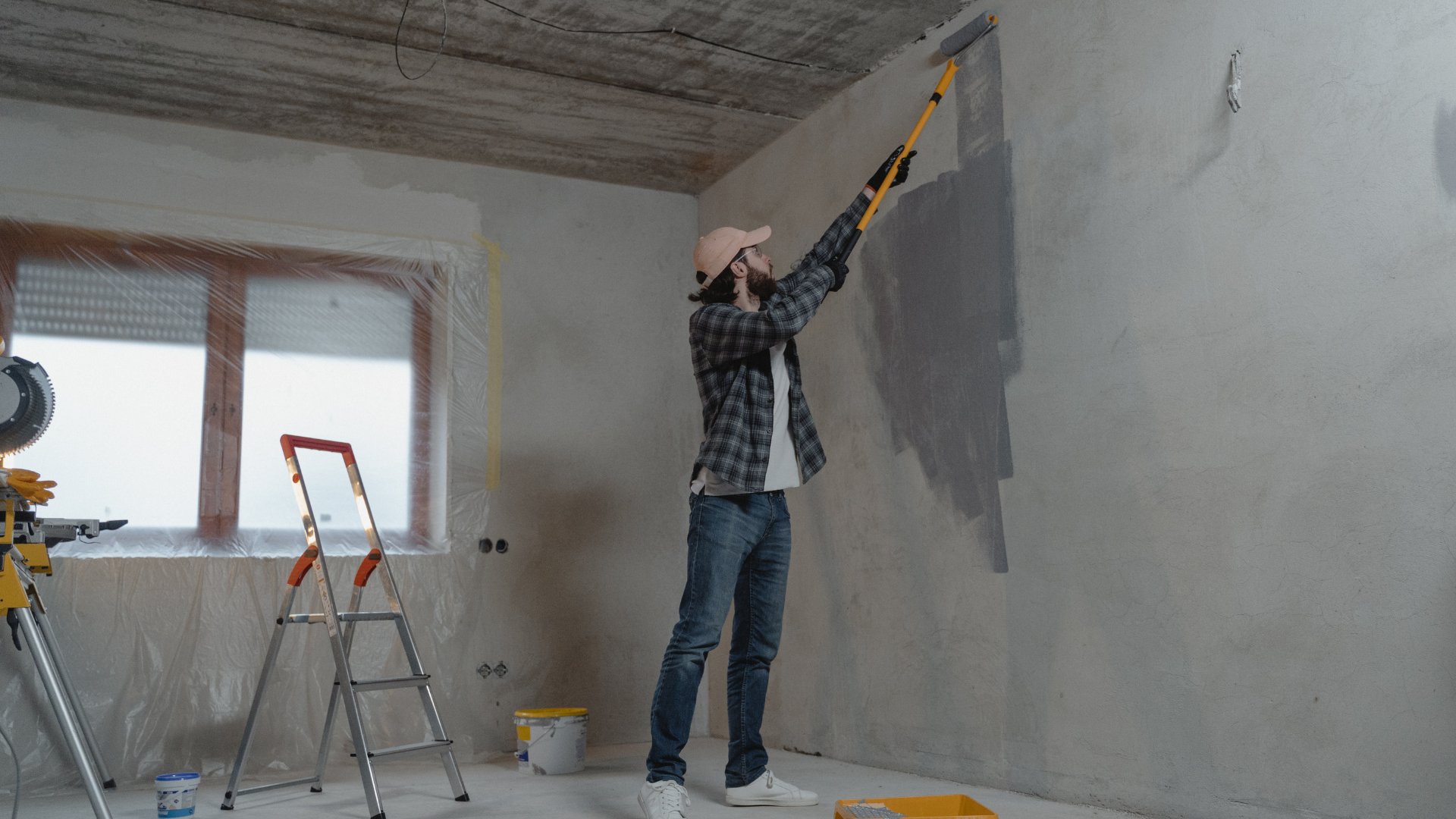
The Psychology of Color: How Paint Affects Mood and Space
Color and Emotion: The Science Behind the Feeling
Color psychology is the study of how colors influence human behavior and emotional responses. While everyone may respond to color a little differently based on personal experiences and culture, certain general associations tend to hold true:
- Warm colors (like red, orange, and yellow) often evoke energy, warmth, and passion.
- Cool colors
(like blue, green, and purple) are typically calming, soothing, and restful.
Let Color Work for You
Choosing paint isn’t just about following trends it’s about creating a space that makes you feel the way you want to feel. By understanding the psychology of color, you can make more thoughtful choices that enhance both the look and the emotional energy of your home.

How Color Shapes Space Perception
Beyond emotion, color directly influences how we experience the size and layout of a space:
- Lighter colors reflect more light, making rooms feel larger and more open.
- Darker shades absorb light, making rooms feel cozier, more intimate, or smaller.
- Vertical and horizontal paint effects (like painting ceilings lighter or using accent walls) can elongate or shorten room proportions visually.
Color tricks can be especially helpful for awkward or oddly sized rooms helping you “reshape” a space without knocking down a single wall.

Practical Tips for Using Color in Your Home
- Use the 60-30-10 Rule: 60% of your room should be a dominant color, 30% a secondary color, and 10% an accent.
- Test with Samples: Paint swatches directly on your wall and observe how they look in different lighting throughout the day.
- Don’t Forget Finish: Glossy finishes reflect more light and energy, while matte finishes are more subdued and calming.
- Complement with Decor: Tie your paint color into your furniture, rugs, and art to create a cohesive emotional tone.
Cultural & Personal Associations with Color
Color meanings can vary across cultures and individual experiences:
- In Western cultures, white often represents purity or peace; in some Eastern cultures, it can signify mourning.
- A person’s experience with a color—like a childhood memory tied to a yellow room can influence how they feel in similarly colored spaces as adults.
When choosing a color palette, it’s helpful to consider both universal symbolism and your own emotional connections to certain hues.
Color and Emotion: The Science Behind the Feeling
Color psychology explores how different shades and hues affect human emotions and perceptions.
With a deeper understanding of color psychology, you can design spaces that not only look stunning but also support your emotional and mental well-being.

